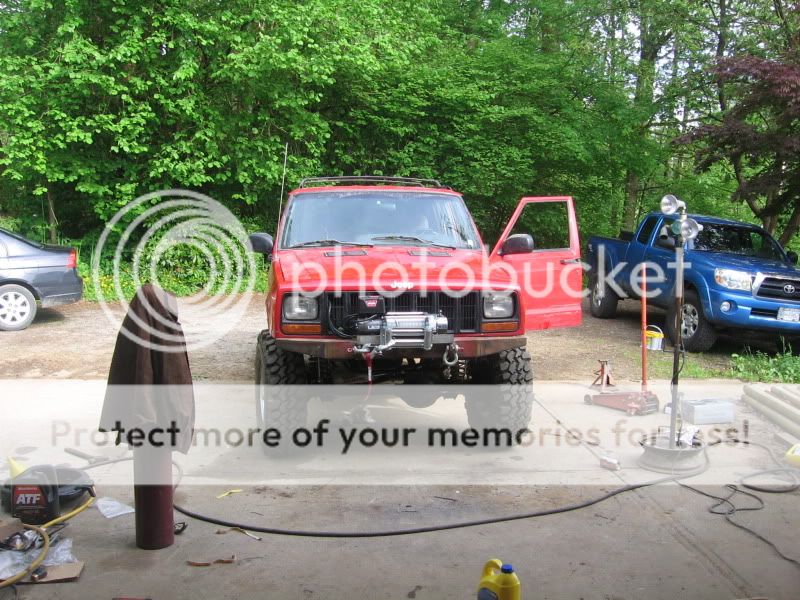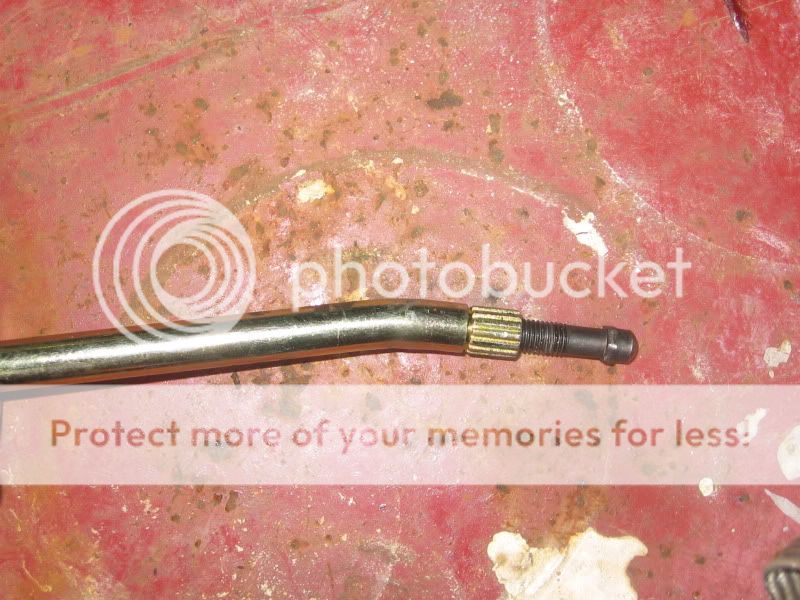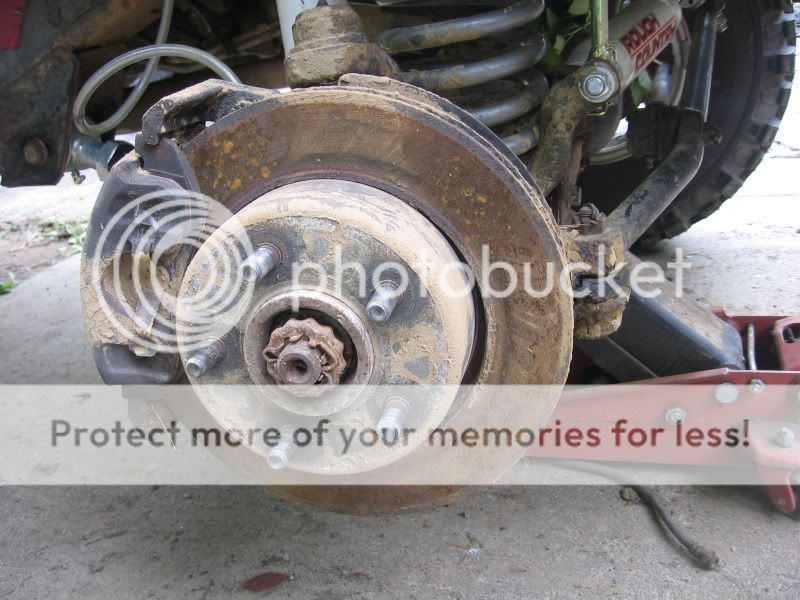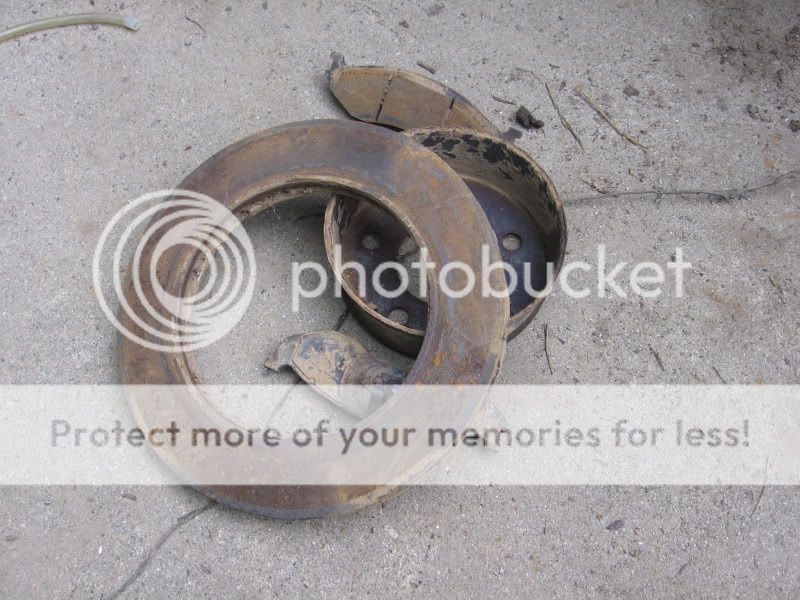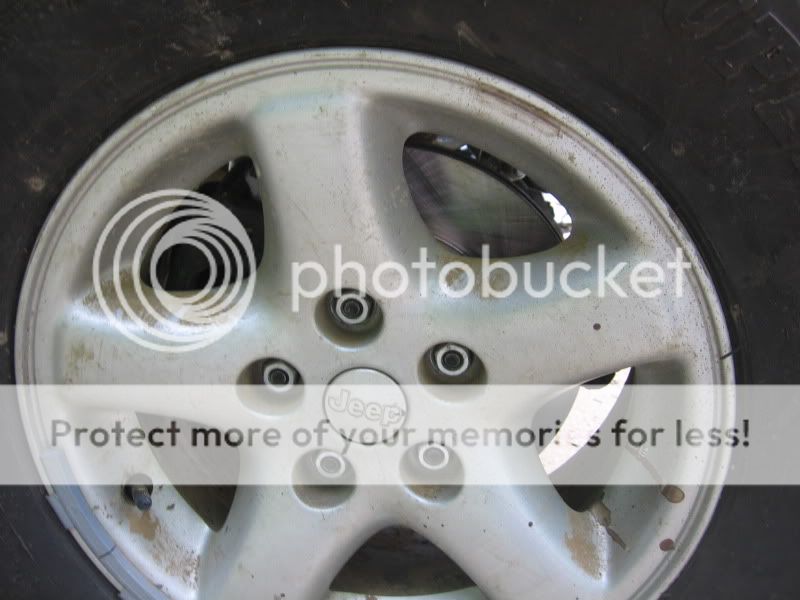Certainly should not be bent. Both my 95 and 99 FSM make no mention of adjusting this pushrod, and both, in the cutaway diagram, show the screw in all the way with no thread showing. I don't know whether there is supposed to be a fine adjustment here, but my guess is that it got unscrewed or was installed wrong, and bent when the MC bottomed out, or perhaps bent when a previous defective MC broke.
If I were putting this back together, I'd straighten the rod, assuming it can't be replaced, and start with the screw all the way in, and try to adjust it for zero or nearly zero play. If you're lucky it will turn out that it needs no fine adjustment, but if it does, you might be able to do this with depth gauges, measuring the distance from the mounting surface of the booster to the point of the rod, and comparing it to the distance from the MC mounting flange to the bottom of the recess in the piston. It might be possible just to bolt on the MC and feel for play, but I don't know how well you'll be able to distinguish that play from what exists elsewhere in the linkages.
I'd be a little suspicious of that rod, because if it's been bent once it might be susceptible to bending again in a panic stop. It's your call, but I'd be inclined to try to hunt down another booster, or at least another rod, if there's one to be had at the local junkyard.
